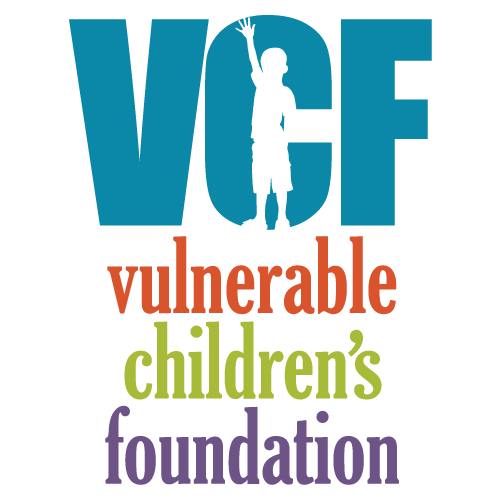History
The story really starts in 1949.
It was that year that Rev. Edgar Hoenecke and Rev. Arthur Walker got on a boat, crossed the Atlantic, and traveled 7000 miles throughout sub-saharan Africa seeking a site for establishing a Lutheran mission. They found what they were praying for at Lusaka, Zambia. Formerly known as the British colony of Northern Rhodesia, the English language is commonly used in Zambia and taught in the schools, making communication easier.
The Lutheran Church of Central Africa (LCCA) was established, and Edgar Hoenecke became the Executive Secretary of the Wisconsin Evangelical Lutheran Synod (WELS) World Mission Committee. For the next 25 years he supervised the establishment of missions over six continents.
In the early 1950s, Edgar’s wife, Meta, and Barbara Welch, both public health nurses, established the first WELS rural clinic 40 miles outside of Lusaka which are still functioning today.
The Hoenecke’s life-long work in the mission field (both theological and medical) instilled in their children the need to share their blessings, knowledge and talents with those less fortunate.
Jump ahead to 1989.
The Aids epidemic is rampaging throughout the continent of Africa and the world. The devastating disease kills or debilitates many adults, leaving behind orphaned children who roamed the streets begging for food. The lucky ones received shelter with relatives. There was no effective medical treatment for the disease, and public warnings about transmission largely ignored the children.
At this time Dr. Heinz and Alice Hoenecke were establishing medical projects in Africa. But this visit to the continent was different. The number of orphans in the streets was noticeable and distressing – and it made an impact on the couple.
The Hoenecke’s response to their concerns was to visit Malawi again, this time with Michael Kumwenda, a Malawian teacher living in America. The goal was to investigate setting up an orphanage for some of these affected children. They discovered that the Malawian government discouraged expatriate orphanages, but it did encourage building schools for these children.
Some months later the Hoeneckes came to the conclusion that establishing a school associated with one of the churches in Lusaka, Zambia could provide the children with both a spiritual and secular education.
The objective of the school would be to instill values in these children so that they would hopefully avoid the devastating disease and also be prepared to function successfully in their churches and in society.
The proposal was presented to the Lutheran Church of Central Africa where it was heartily accepted. The LCCA had grown in Zambia and Malawi to over 40,000 baptized members in 200 churches located in these two countries. They were poised to help.
In the next three to four years the Hoeneckes funded the building and operation of the Kuanda Square and Matero schools. By then, these benefactors were approaching 80 years of age. Encouraged by seeing the initial success, they realized that younger people would be needed to carry on the vision. The four Hoenecke children and their families were eager to take on this project.
A charitable foundation (501c3) was established and named in honor of Heinz’s parents, The Edgar H. and Meta A. Hoenecke Vulnerable Children’s Foundation, memorializing two people who developed a deep affection for the African people through many years of work and association.
The Vulnerable Children’s Foundation Committee has carried on the support of these schools and the enrollment is presently over 600.

